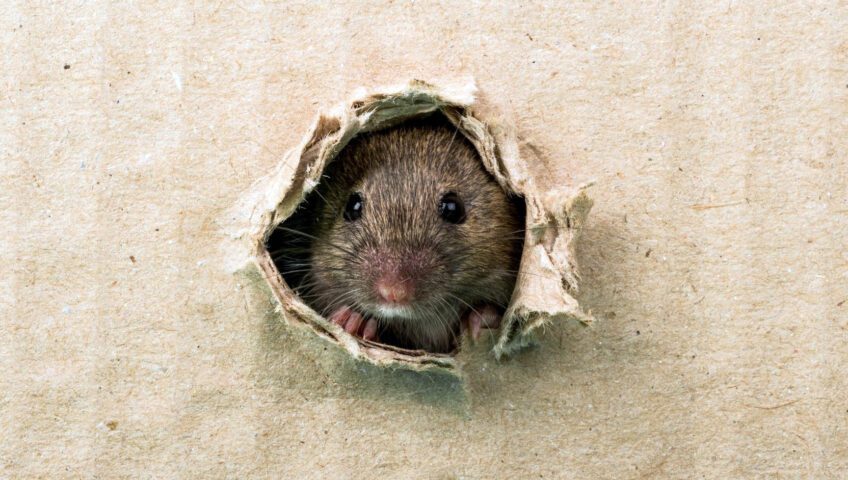Roof rats can become a menace when they infiltrate homes or businesses. Capitalizing on small openings around utility lines, vents and pipes, these rodents easily find their way indoors. Their climbing abilities allow them to scale trees, utility lines, or nearby structures, allowing them to reach the roof effortlessly.
Once on the roof, rats seek weak points in the structure to access the interior, often slipping into attics or crawl spaces through damaged roofing materials like broken shingles or missing flashing.
Unwelcome tenants
Roof rats are notorious for causing damage to property, chewing on wires, insulation, and creating holes in walls. They can also carry diseases and contaminate food, posing a threat to human health. In commercial settings, roof rat infestations lead to product losses, affecting businesses adversely.
One of the big problems with roof rats is their prolific breeding habits within homes. While they only live up to a year, one female can produce as many as 40 offspring during her lifetime, making them highly effective at populating an infested area. Litters can contain as many as eight babies, born 21 to 23 days after conception. They can reach sexual maturity as early as three months after birth.
What to do about them
It’s important to take preventive measures before an infestation occurs. Seal any entry points, trim overhanging branches, and maintain cleanliness to deter roof rats.
Ensuring proper disposal of food waste in and around your property will make your dwelling less attractive to these pests. Storing food in sealed containers, both indoors and outdoors, minimizes the availability of food sources. Be sure to conduct regular inspections of your home, including the attic and roof, to identify and address any potential vulnerabilities.
If you do suspect an infestation, seek assistance from pest control services such as Slug-A-Bug for effective and timely eradication.
Remember, Slug-A-Bug is always available to conduct a free, no-obligation assessment. Call us at (321) 259-7844.
